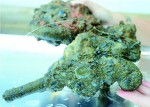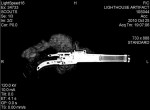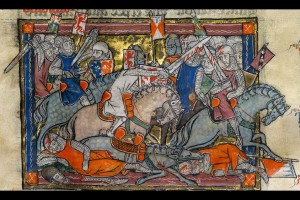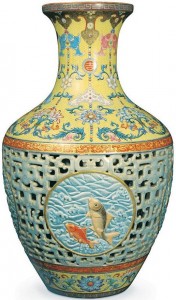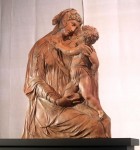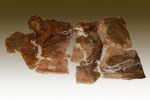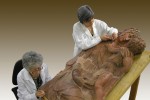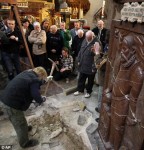 A team of Czech and Danish scientists opened the tomb of Danish astronomer Tycho Brahe in Our Lady Before Tyn Church in Prague today. They hope to determine the cause of his death by analyzing his remains with a variety of scientific techniques that were not available when his remains were exhumed once before in 1901.
A team of Czech and Danish scientists opened the tomb of Danish astronomer Tycho Brahe in Our Lady Before Tyn Church in Prague today. They hope to determine the cause of his death by analyzing his remains with a variety of scientific techniques that were not available when his remains were exhumed once before in 1901.
Samples of his mustache and hair retrieved during that exhumation were analyzed in 1996 and found to contain elevated levels of mercury, suggesting that perhaps his death was not from a kidney stone or, as urban legend has it, from his bladder exploding because he was too much of a gentleman to go to the can during a reception at the court of Holy Roman Emperor Rudolph II. Perhaps he was poisoned, or perhaps his alchemical efforts exposed him to toxic levels of mercury.
Brahe went to a dinner party in Prague on the 13th of October, 1601. He died 11 days later. The official cause of death given was a urinary infection, but rumors of a more nefarious cause began to swirl immediately and have continued to swirl ever since. One theory was that his assistant German astronomer Johannes Kepler killed him to misappropriate his brilliant astronomical observations, which he would later publish as The Rudolphine Tables. Another that he was poisoned by his own cousin, Eric Brahe, by order of King Christian IV of Denmark who was angered by rumors that Tycho had had an affair with the king’s mother.
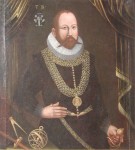 Scientists are hoping CAT scans, X-rays, neutron activation analysis of not just his hair but for the time of his bones as well, will help pin down how much mercury Brahe absorbed and over what period of time.
Scientists are hoping CAT scans, X-rays, neutron activation analysis of not just his hair but for the time of his bones as well, will help pin down how much mercury Brahe absorbed and over what period of time.
Scientists said longer-term exposure to poison would indicate Brahe may have died from self-administered “medicine” or too much exposure from his experiments.
However, high concentrations of a toxic substance near the hair root could indicate a big one-time dose of poison.
“Generally the finding of high concentrations of a toxic element, such as arsenic, in sequential hair samples of a potential murder victim is considered an indicator of a murder and can be used as evidence,” said Jan Kucera from the Nuclear Physics Institute in Rez near Prague.
They’re also hoping to find residue on his skull that will fill in some blanks about the plate in Brahe’s nose. Tycho famous lost a piece of his nose during a duel when he was a student in Germany in 1566. The missing part was replaced with a plate, but the plate wasn’t found with his remains in the 1901 exhumation. At the very least tests on residue should be able to determine what metal the plate was made out of. According to one of the many tall tales about him, the plate was gold and silver.
The team will have 4 days to examine the remains before they are re-interred on November 19th in his Our Lady Before Tyn tomb. They’ve already found a whole new mystery. Tycho Brahe’s wife was supposedly buried with him when she died 3 years after he did. There were 2 other sets of human remains found in the crypt, one belonging to a young woman no older than 20, the other a child. Mrs. Brahe was nowhere to be found.
